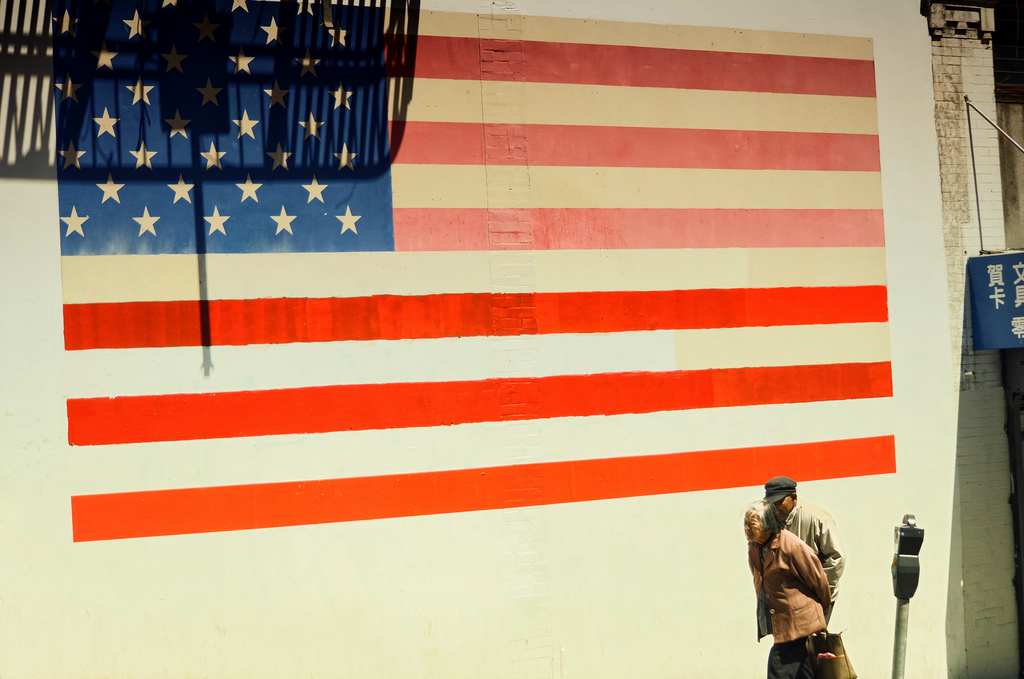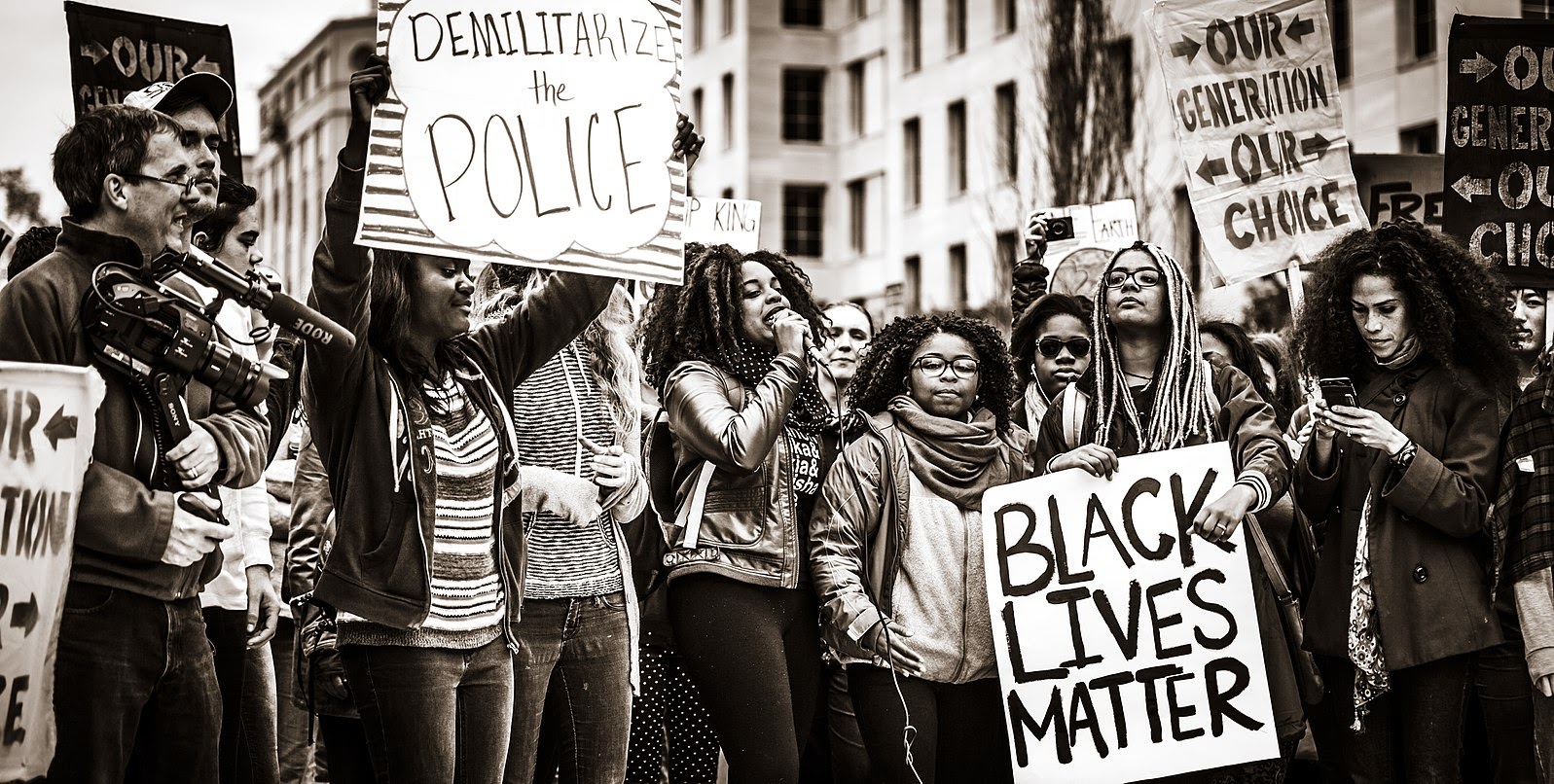Today, the US is in a perpetual state of disagreement. As a nation in dissention, we can neither agree on when life begins or whether the death penalty should be outlawed. Disagreement is around every corner and appears to erode whatever semblance of a common ground once existed in the US. In Federalist Paper #2, John Jay speaks of “one united people”.On face value, it seems as though the U.S has become the Dis-United States of America. Despite recent events and current circumstances, a consensus still exists in contemporary US society, and is particularly well represented as the American dream.
Granted, it is an indisputable fact that these are difficult times for millions of Americans and the very idea of the existence of an “American Dream” is under question in all kinds of discussion. The optimism of opportunity and the ‘sky is the limit’ mentality of capitalism were issued a punishing blow. After the Great Recession, President Obama said that this economic crisis was “a disaster that amounts to no less than the American Dream in reverse.” However, the American Dream has not faded, it is not in reverse, it has merely shifted. The collective optimism associated with the desire to fulfill one’s American dream has shifted the same way it has throughout the history of this country from Jefferson to Obama.
The American Dream was first enshrined in Thomas Jefferson’s iconic second line of the Declaration of Independence, which plainly states the cornerstone of what constitutes the US consensus: life, liberty and the pursuit of happiness. This axiom has been and still remains the impetus behind the immigration of millions of people to America. It is a promise that has inspired members in and outside of America for generations.Over time, America, became a place of freedom and opportunity. America was a novelty to the rest of the world as it was a place where individuals could chase their dreams and live life free of tyranny. This concept and affordance of inalienable rights was unique and not offered in any other country. However, the meaning has, is and always will be in a continuous state of change.
John Truslow Adams, author of The Epic of America, noted another shift in meaning for the American dream in his discussion of our notions of the Wild West.The Frontier was characterized by the Gold Rush and the prospect of striking it rich by discovering gold. It was a unique idea that anyone regardless of their circumstances could make enormous profits; some referred to it as the “California Dream”.It was an idea that captured the minds of pioneers and opportunists for close to a century. In 1890, the United States Census Bureau put an end to that ‘dream’ by stating that the Wild West was no more. However, the diminishment of the American Frontier and the end of the gold rush didn’t kill the American Dream.
Rather, a dream of unimaginable wealth for the individual shifted to favor shared wealth for all Americans. This new version of the American Dream was realized in President Franklin Delano Roosevelt’s New Deal. The New Deal posited that Americans were all in the same boat and needed to work together. The Social Security Act of 1935 stated that if Americans worked hard and contributed to a social security fund they would be taken care of in the future when they were ready to retire at age 65.
In 1941, FDR eloquently posited the “four essential human freedoms” that America would seek to protect.During this time period the American Dream was a set of principles rather than a list of personal objectives. After World War II, America entered a time period of hopefulness and success that gave way to another revision of the American Dream. Personal goals took center stage as opposed to ideals. The prospect of owning their own home, car and television set was the fuel that motivated people to work hard. Soon the idea of going to college and parents sending their children to college for higher education was added to this list of personal objectives. Personal aspirations, material goods and living in the suburbs for the first time embodied the American Dream.
The post-1950s era was defined by an impressive improvement in the standard of living in America. Easy credit, personal debt, institutional debt and a bull market defined the 1990s and 2000s. As a result, the American Dream became an unobtainable set of standards and goals. Gregg Easterbrook, a fellow in Economics at the Brookings Institution said, “that by the definition of any prior American generation, the American Dream had been more fully realized by more people than ever before”.
As noted, the definition of the Dream is elusive and changes with time. But despite its diverse connotations, it still seems somehow to foster belief in many Americans. In 1999, Ted Ownby distinguished four types of American dreams, including: dream of abundance, dream of a democracy of goods, dream of freedom of choice, and dream of novelty. The dream of abundance states that the US is the wealthiest country in the world and thereby posits a profusion of material goods to all US citizens.
The dream of democracy of goods articulates that all Americans are afforded freedom of access to goods no matter their background, identifying features or circumstances. The dream of freedom of choice stated that people were free to customize their standard of living as they see fit. The dream of novelty posited that American horizons would continue to broaden and that citizens would be confronted with change on a regular basis.
Ted Ownby’s last type of American Dream, the Dream of Novelty, puts forward one of the most principal features of The American Dream in that it is whatever the time period wants it to be. The American Dream is not set in cement; its definition is susceptible to change. The crux of the American Dream is the limitless possibilities, and opportunities that America provides for it its citizens. More specifically, the American Dream is a statement that any American citizen can become anything he or she wants to be regardless of their ethnicity, gender, and socioeconomic status. All Americans are united under this idea that they will rise above all odds and live the American dream.
Through the haze of what feels like a never-ending process of deciding on who will be President, there is one certainty: Americans are angry. But this indignation is not a newfangled event. This ire was experienced by our parents, and their parents and for however many generations each of our families have lived in the US. Vietnam, the Depression, Reconstruction, the Civil War and the Revolution are all examples of the outrage that existed prominently. The emergence of divisive issues and hard times are nothing new. We, as Americans, have overcome each and every one of these historical events, and steadfast, together as a nation. The glue that holds that bond in place is the belief in the American Dream.
Sean Comi
Political Science ’13
Buchanan, Pat. “Is America Disintegrating?” Chronicles: A Magazine of American Culture. 21 Oct. 2011. Web. 15 Apr. 2012. <http://www.chroniclesmagazine.org/2011/10/21/is-america-disintegrating/>.
Hartz, Louis. The Liberal Tradition in America; an Interpretation of American Political Thought since the Revolution. New York: Harcourt, Brace, 1955. Print.
Kamp, David. “Rethinking the American Dream.” Vanity Fair. Apr. 2009. Web. 15 Apr. 2012. <http://www.vanityfair.com/culture/features/2009/04/american-dream200904>.
Khan, Huma. “Obama: ‘It’s Like the American Dream in Reverse’.” ABC News. ABC News Network, 30 Jan. 2009. Web. 15 Apr. 2012. <http://abcnews.go.com/blogs/politics/2009/01/obama-its-like/>.
Ownby, Ted. American Dreams in Mississippi: Consumers, Poverty, and Culture 1830-1998 (University of North Carolina Press, 1999). Page 1-2.
Roberts, Sam. “40 Years After Renaming, Roosevelt Island Gets a Time Capsule.” City Room. 12 Apr. 2012. Web. 15 Apr. 2012. <http://cityroom.blogs.nytimes.com/2012/04/12/40-years-after-renaming-roosevelt-island-gets-a-time-capsule/>.
Young, James P. Reconsidering American Liberalism: The Troubled Odyssey of the Liberal Idea. Boulder, CO: Westview, 1996. Print. Page 2.



